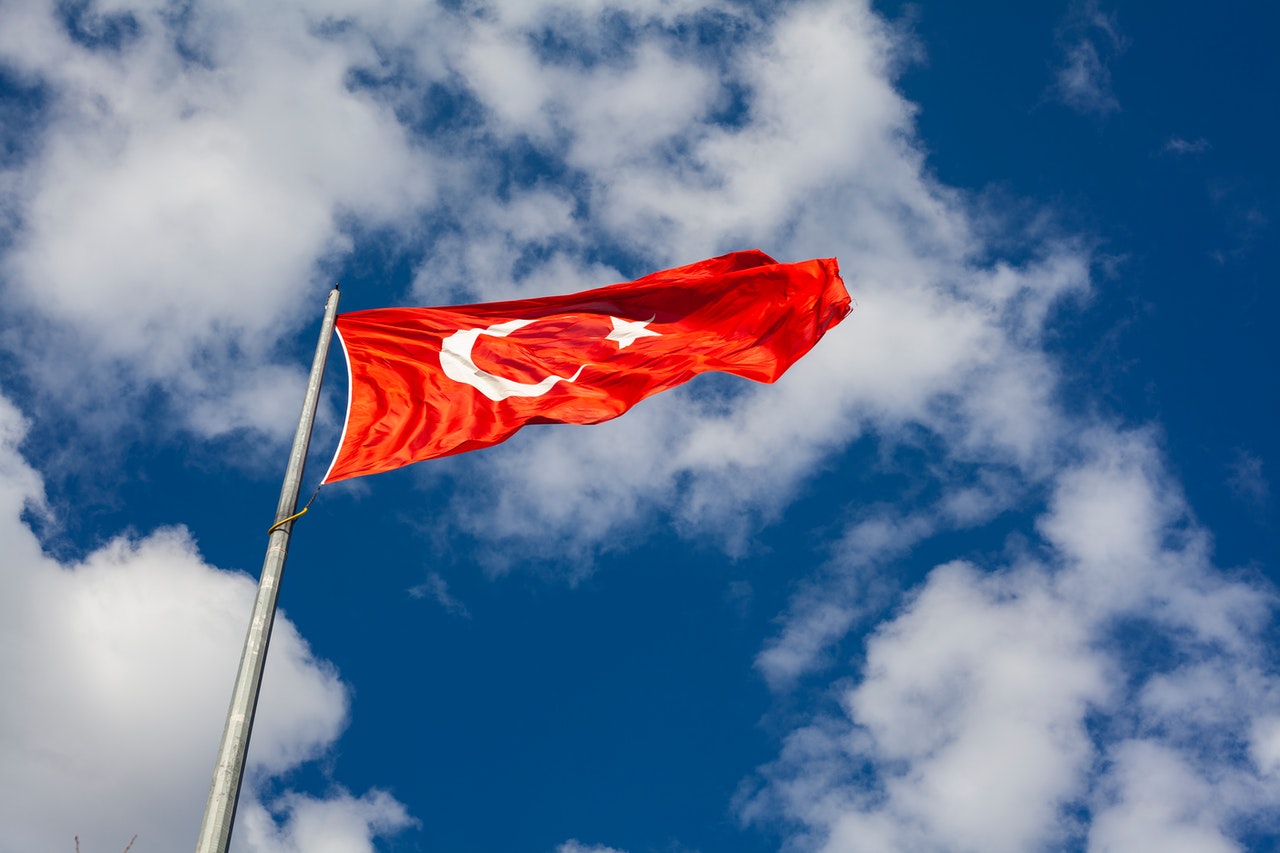
Protectionism, geopolitics, economic challenges weigh on longs: Irepas
Driven by tightening monetary policies by major central banks, the long steel market has been slowing amid weak demand, putting immense pressure on prices.
The ongoing geopolitical and global economic challenges, as well as protectionism are squeezing emerging economies like Turkey, notes Kallanish.
Protectionism still prevails in the EU and US, and new sanctions on Russian semis and raw materials introduced by the EU, US and Canada will create more complications for steel exporters using Russian substrate, said Irepas chairman Murat Cebecioglu during the association’s Istanbul meeting this week attended by Kallanish.
“The EU has extended its safeguard measures for another year, proving that world trade is no longer as the Uruguay Round defined it. It will continue with its protectionist structure, exerting pressure on developing countries. The situation in Ukraine seems to be without end. The new restrictions on Russian-origin steel and raw materials, to be introduced by the US and the EU, indicate that we will witness more circumvention cases in the coming period,” Cebeciolu observed.
“Furthermore, the CBAM in the EU will replace the current safeguard measures in the region within 12 months. Direct and indirect subsidies and state aid will allow the US and European steel industries to remain profitable … The competition in open markets is very tough as Asian prices are very competitive,” he added.
“China and its exports have a major influence on the global market. So far, all the stimulus packages introduced in China have had no impact on its exports, affecting global steel prices. Egypt, the Gulf Cooperation Council member countries and Algeria have become exporters. Since these countries are not subject to protectionist measures for the time being, they are exporting anywhere they can, especially taking shares from Turkey, which is being squeezed by protectionism all over the place,” Cebecioglu continued. 
The future involves many unknowns. The Turkish government’s new orthodox monetary policy nevertheless offers hope. The domestic market is doing fairly well, but Turkish mills are being squeezed by electricity costs, making it impossible to compete in export markets against the oil and gas-rich countries’ steel producers, Cebecioglu concluded.
Burak Odabasi Turkey


Summer demand slump downs Turkey’s coated steel prices
Turkey’s coated flat steel market experienced reduced activity on Monday, with prices slightly down due to sluggish demand both domestically and in export markets amid the ongoing holiday season, market participants inform Kallanish.
Availability of September-shipment coated steel from domestic mills exerted some pressure on prices. However, this situation was anticipated and therefore the impact on prices was limited.
On exports, some producers expected increased demand for Turkey-origin coated steel from Ukraine, whose buyers will use this to substitute for China-origin supply after Ukraine imposed a definitive anti-dumping duty on Chinese product effective 12 August.
Turkish domestic prices
| Product | Price, ex-works, cash | W-o-w change, $/t |
| CRC 1 mm | $760-800/t | -20/+10 |
| HDG 0.50mm Z60 | $830-855/t | 0/-15 |
| HDG 0.50mm Z100 | $830-875/t | 0/-15 |
| PPGI 0.50mm Ral 9002 5+15 | $925-980/t | 0/-10 |
| HDG 2.00mm Z60 | $760-800/t | -10-15 |
Source: Kallanish market survey
Elina Virchenko UAE


